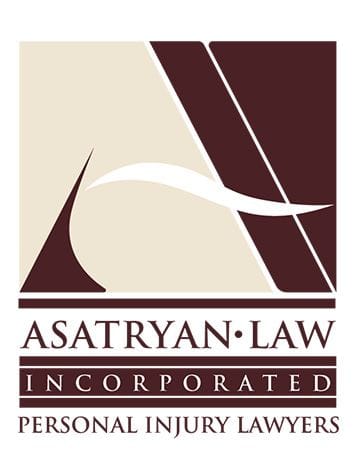You may think head trauma is the most frequent result of a car crash, but a back injury is just as common, especially in the case of a rear-end collision. Seat belts and airbags are designed to absorb the impact of a collision, but they mainly protect the head and chest. Therefore, the brunt of an impact can shift to your spine.
Even if you think you have nothing more serious than a mild whiplash, you should seek prompt medical attention. Here are four types of spinal injuries and the treatment recommended for each.
Whiplash
You may sustain whiplash at some point in your life because of a low-speed rear-end collision. It is a very common injury to the cervical area of the neck, and you will likely feel stiffness, possibly dizziness or a headache and similar symptoms that may not appear right away. The best treatment for whiplash is rest with the possibility of physical therapy.
A herniated disc
One of more of your spinal discs can shift during a collision, compressing nerves and causing numbness and radiating pain. Conservative care over time should help with a herniated disc, but if the injury is severe, you may need surgery.
Spinal fracture
In a crash, the seat belt will keep the lower half of your body relatively still, but your upper body will experience movement that could transfer to your back and cause a spinal fracture. The results might include numbness, muscle weakness and even bladder problems. Rest is often prescribed but sometimes treatment can include immobilization of the spine. Surgery is another option.
Spondylolisthesis
When a stress fracture causes vertebrae to shift, you have spondylolisthesis. Bones that are out of place will likely compress nerves in the immediate vicinity or in the spinal canal itself, resulting in pain, numbness, weakness and difficulty walking. The extent of bone displacement will be the determining factor as to whether you would need surgery or physical therapy.



Comments Loading...
Leave a comment